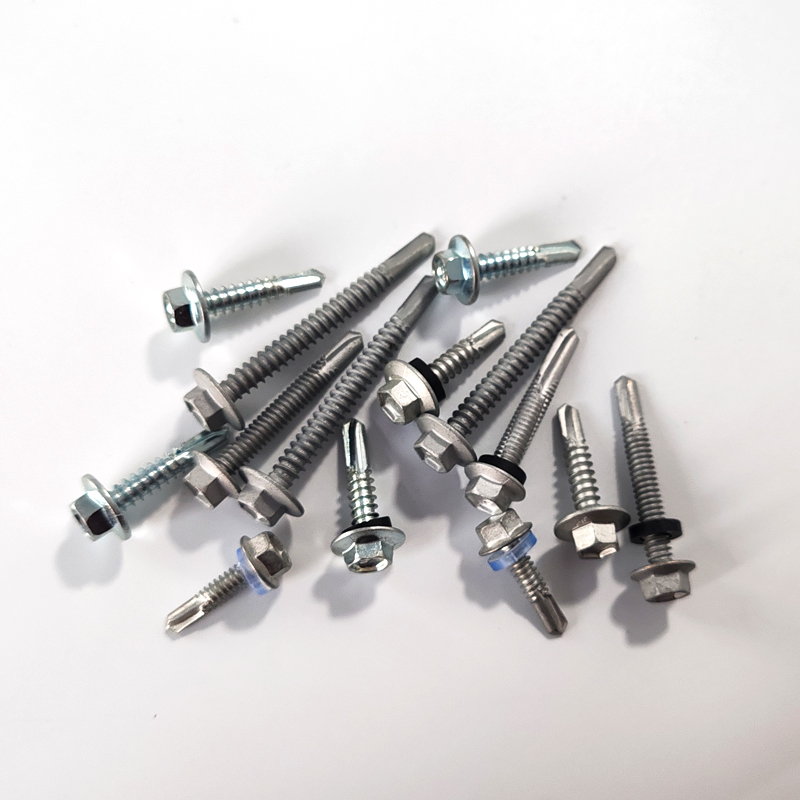Understanding the Importance of Steel Deck Bracing in Structural Stability and Design Efficiency
Steel Deck Bracing Enhancing Structural Integrity
Steel deck bracing is a critical aspect of modern construction, particularly in the realm of commercial and industrial buildings. As structures grow in height and complexity, the necessity for effective bracing systems becomes increasingly evident. Bracing is designed to enhance the stability and load-bearing capacity of a structure, thereby ensuring safety, longevity, and resilience against various forces such as wind, seismic activity, and other environmental impacts.
What is Steel Deck Bracing?
Steel deck bracing refers to the use of steel framework to reinforce the primary structural components of a building. The method involves the installation of diagonal braces, typically made from steel, which are strategically placed within the framework to resist lateral forces. While floor decks provide horizontal support and act as platforms for construction activities, bracing ensures that these decks maintain their structural integrity under various loading conditions.
Importance of Steel Deck Bracing
1. Structural Stability Bracing systems significantly improve the overall stability of a structure. Without proper bracing, buildings are at risk of swaying or collapsing under lateral loads. Steel deck bracing helps to distribute forces evenly across the entire framework, reducing stress on individual components.
2. Load Distribution In multi-story buildings, the weight of the upper levels can create significant downward pressure. Bracing systems help to distribute this load more evenly, preventing localized failure and ensuring that the building can support its own weight as well as any additional loads, such as occupants and equipment.
steel deck bracing

3. Safety Regulations Compliance Many building codes and safety regulations require adequate bracing for certain types of constructions. Compliance with these standards is not only necessary for obtaining permits but also essential for ensuring the safety of the occupants and the structural soundness of the building.
4. Flexibility and Adaptability Steel is known for its strength-to-weight ratio, making it an ideal material for bracing systems. Steel deck bracing provides a level of flexibility that allows structures to adapt to variable loads, such as those resulting from extreme weather conditions or seismic events. This adaptability is crucial for maintaining the lifespan of a structure.
Types of Steel Deck Bracing
There are various types of steel deck bracing systems, each suited for specific applications. Some common types include
- Cross Bracing This is the most common form of bracing, where diagonal members are arranged in an ‘X’ pattern. It is effective in resisting lateral forces and is often seen in both buildings and bridges. - K-Bracing This type features braces that extend in a “K” shape from the beam to the column, providing internal support while allowing for more space when compared to cross bracing. - Chevron Bracing Similar to K-bracing, chevron bracing features angled braces that connect at a single point along the beam, forming a ‘V’ shape. This design is often employed in modern architectural applications due to its aesthetic and functional benefits.
Conclusion
Steel deck bracing plays a vital role in contemporary construction practices, ensuring that buildings are safe, stable, and well-equipped to handle the myriad forces they may encounter throughout their lifespan. As the architectural landscape continues to evolve with increasingly ambitious designs, the importance of robust bracing systems becomes more pronounced. Builders and engineers must remain informed about innovations in bracing technology and materials to optimize performance and safety in their projects. Ultimately, investing in effective steel deck bracing is not merely a structural necessity but a commitment to the longevity and resilience of infrastructure in our ever-changing environment.
-
Weatherproof Plastic Expansion Anchors for OutdoorNūhouJun.06,2025
-
Sustainability in the Supply Chain: Eco-Friendly TEK Screws ProductionNūhouJun.06,2025
-
Load-Bearing Capacity of External Insulation FixingsNūhouJun.06,2025
-
Double Head Bolts: Enhancing Efficiency in Industrial MachineryNūhouJun.06,2025
-
Corrosion Resistance in Chipboard Screws: Coatings for Wholesale DurabilityNūhouJun.06,2025
-
Butterfly Toggle Bolts : Enhancing Structural ResilienceNūhouJun.06,2025
